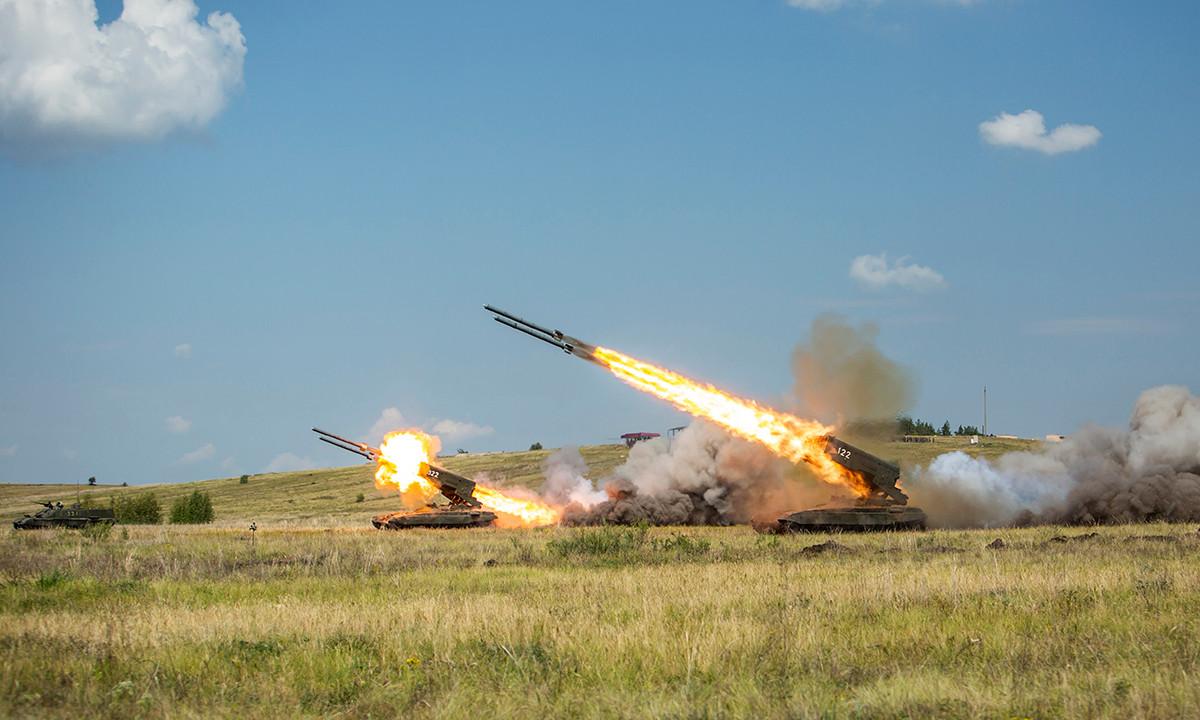- Reaction score
- 6,057
- Points
- 1,160
I'd be careful in extrapolating the Ukraine war to war writ large. The circumstances of each conflict are different and designing your force for a Ukraine conflict may very well be "preparing for the last war" as much as the GWOT led us to many of the bad decisions we're facing with the CAF today.This isn't really about Light Forces. My sense of Ukraine is that I am seeing Light, Medium and Heavy forces, Airborne and Leg, Cavalry and Infantry, conducting Dispersed Operations. Heavy forces are being penny-packeted forwards in groups of 3 or 4 vehicles, or 10 to 15 vehicles to deal with objectives that a kilometers from the next contact. Mutual Support doesn't seem to be very likely. That Troop/Platoon Leader is going to have to be very self-reliant and prepared for a variety of possibilities.
Seems to me, anyway.
Ukraine is a small defender with a mish-mash of weapons, vehicles and equipment scraped together from whatever sources they could find against a larger invading force. It does what it does because it must.
The US led West (including junior tag-along Canada) will likely face very different conditions. The air situation may be significantly different and the correlation of forces (both quantity and quality) will be different as well. The strength of the US (and allies) may eliminate the necessity to avoid concentration of forces and permit hard hitting maneuver warfare as per existing doctrine.
That's not to say that we should ignore what we're seeing in Ukraine or that we should not have forces capable of widely dispersed operations and grouping/regrouping of forces into more Combat Team type elements, but we also should not assume that our next war will look just like this current war.







